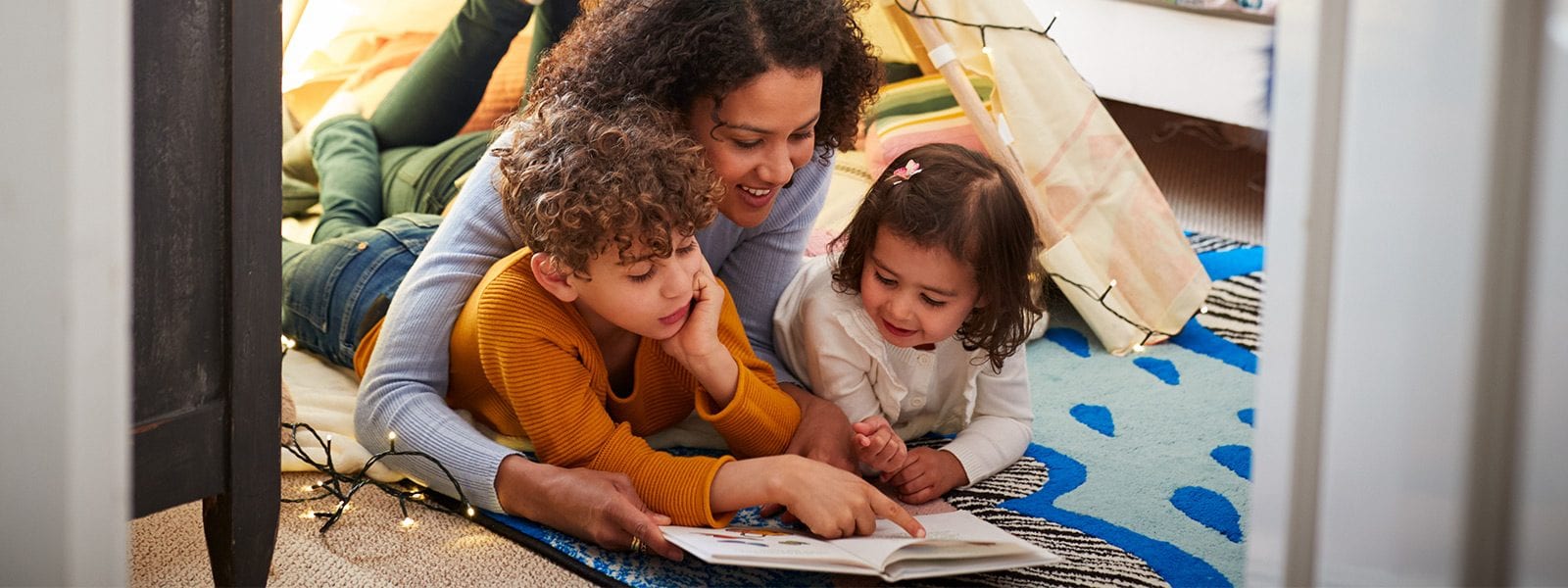
When Jane and I began homeschooling more than thirty years ago, almost no one gave up or quit homeschooling. You began and you finished the task—at least until, if not through, high school. But in recent years the “drop-out rate” of homeschool parents is growing rapidly, with many quitting after only a year or two of trying. (By the way, it takes two to three years to get the feel and rhythm of successful tutorial education!) We attribute much of this drop-out increase to over planning and feeling the importance of including too much in every learning day.
The world tells us we need to do so much. “Core Standard” and “No Child Left Behind” suggests that we have to teach to the test. Other well-meaning homeschoolers and their zealous blogs, Pinterest pages, and Facebook posts make whatever we’re doing seem inadequate. And so we add even more to our already burdensome load.
It’s a lie! An absolute lie!
If you’re over planning FIAR or any curriculum, you and your child will burn out. And worse, you will strangle the life out of tutorial education. Skill subjects like math, spelling, and phonics do require a systematic, planned approach; but during the early years, for all the other subjects such as history, science, literature, creative writing, art, etc., a series of serendipitous discoveries and companionable learning journeys together produce longer-lasting results and much more enjoyable times for both teacher and student.
Teaching a child to FALL IN LOVE WITH LEARNING is the key. Period. We aren’t filling buckets—we’re lighting fires, as has been said so often. We’re teaching children the delight and joy of great books and wonderful discussions and the pleasure of asking questions and discovering answers.

FIAR should not take more than 10-15 minutes of daily planning. Order a few books from the library for the next several weeks, glance over the lesson plans, and jot down a few notes. Then see where the week takes you. Go on a voyage WITH your child rather than feeling the necessity to steer and direct every hour of the teaching day. Better still—plan a trip to the library during the week and let your children find related books that they’re interested in. Then go exploring together. Explore astronomy or cooking and nutrition. Explore ballet, architecture, or World War II. Explore whatever comes up in your story in real time. Use the Internet. Use encyclopedias. Have discussions. Write stories. Do art projects. Go to museums.
Honestly, the very best days in homeschooling are the days when a child asks a question that you don’t know the answer to, and you both embark upon a spontaneous, memorable, fun, learning adventure. That is what will teach your child the joy of learning. And that really is the point of it all.



 Different Learning Styles: Five in a Row Has You Covered
Different Learning Styles: Five in a Row Has You Covered